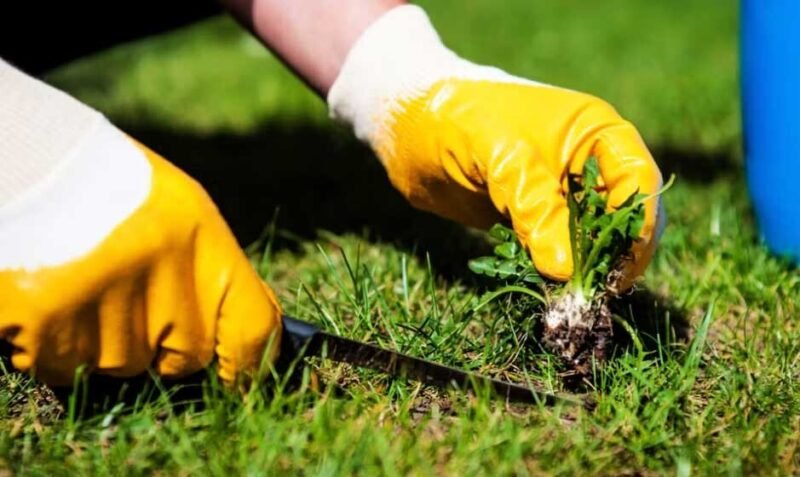Planting grass seed seems simple, right? Just toss some seed, water it, and watch it grow. In reality, seeding a lawn takes a little more finesse. Whether you’re starting a new lawn or overseeding bare patches, avoiding common grass seeding mistakes can save you time, money, and frustration.
Let’s walk through the most frequent missteps people make when planting grass seed—and how to set yourself up for a lush, green lawn instead.
1. Skipping Soil Prep
The mistake:
Scattering seed over existing grass, weeds, or compacted soil and expecting it to take root.
Why it matters:
Grass seed needs direct contact with loose, nutrient-rich soil to germinate properly. Skipping prep means poor germination and uneven growth.
How to avoid it:
- Remove debris, weeds, and old grass
- Loosen the top 1–2 inches of soil
- Rake it smooth before seeding
2. Using the Wrong Grass Seed for Your Climate
The mistake:
Planting a cool-season seed in a hot southern lawn—or a warm-season seed in a northern yard.
Why it matters:
Grass that isn’t suited for your climate will struggle to grow and won’t survive seasonal extremes.
How to avoid it:
- Know your USDA zone or region
- Choose cool-season grasses (like fescue or ryegrass) for northern climates
- Choose warm-season grasses (like Bermuda or zoysia) for southern areas
- Consider blends if your lawn has both sun and shade
3. Seeding at the Wrong Time
The mistake:
Planting when it’s too hot, too cold, or right before a downpour.
Why it matters:
Temperature and moisture affect germination. The wrong conditions can lead to seed rot or poor sprouting.
How to avoid it:
- Cool-season grasses: Best planted in early fall or spring
- Warm-season grasses: Best planted in late spring to early summer
- Avoid planting right before heavy rain or a drought
4. Spreading Too Much or Too Little Seed
The mistake:
Overseeding like you’re feeding chickens, or being too stingy and ending up with bare patches.
Why it matters:
Too much seed leads to overcrowding and weak growth. Too few leave gaps where weeds can take over.
How to avoid it:
- Follow the recommended rate on the seed bag (usually in pounds per 1,000 sq ft)
- Use a broadcast or drop spreader for even coverage
- Overseed lightly if filling in existing lawn, seed heavier for bare soil
5. Not Watering Properly
The mistake:
Watering once and calling it good, or soaking the area so much that seed washes away.
Why it matters:
Grass seed needs consistent moisture during germination. Dry conditions = no growth. Too much water = seed displacement or rot.
How to avoid it:
- Water lightly 1–2 times per day until germination (7–21 days)
- Keep the top ½ inch of soil moist, not soggy
- Once seedlings appear, water less frequently but more deeply to encourage strong roots
6. Neglecting Aftercare
The mistake:
Mowing too soon, letting weeds take over, or forgetting to fertilize.
Why it matters:
New grass is fragile. It needs time, nutrients, and protection to grow thick and healthy.
How to avoid it:
- Don’t mow until new grass reaches 3–4 inches tall
- Use a gentle starter fertilizer if your soil lacks nutrients
- Avoid foot traffic for the first few weeks
- Stay on top of weeds, but avoid herbicides until the new lawn is established
Conclusion
Grass seed from Nature’s Seed is a powerful tool for refreshing your yard—but only if you use it right. By steering clear of these common mistakes and giving your lawn the care it needs from day one, you’ll be rewarded with a fuller, greener, and longer-lasting lawn.
Think of grass seeding like baking: a few simple ingredients, but precision and timing make all the difference.









Great blog post.Really looking forward to read more. Great.